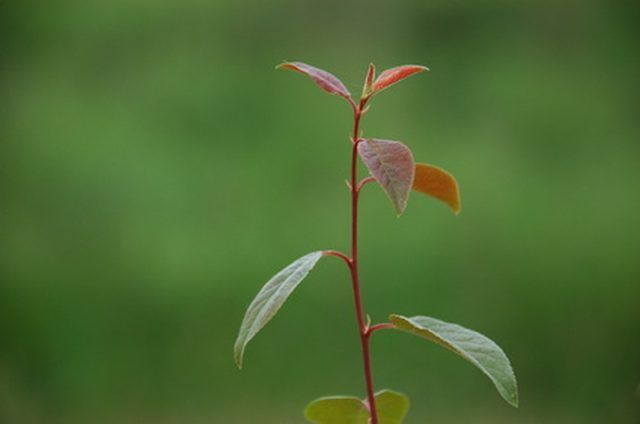Bulbs
Flower Basics
Flower Beds & Specialty Gardens
Flower Garden
Garden Furniture
Garden Gnomes
Garden Seeds
Garden Sheds
Garden Statues
Garden Tools & Supplies
Gardening Basics
Green & Organic
Groundcovers & Vines
Growing Annuals
Growing Basil
Growing Beans
Growing Berries
Growing Blueberries
Growing Cactus
Growing Corn
Growing Cotton
Growing Edibles
Growing Flowers
Growing Garlic
Growing Grapes
Growing Grass
Growing Herbs
Growing Jasmine
Growing Mint
Growing Mushrooms
Orchids
Growing Peanuts
Growing Perennials
Growing Plants
Growing Rosemary
Growing Roses
Growing Strawberries
Growing Sunflowers
Growing Thyme
Growing Tomatoes
Growing Tulips
Growing Vegetables
Herb Basics
Herb Garden
Indoor Growing
Landscaping Basics
Landscaping Patios
Landscaping Plants
Landscaping Shrubs
Landscaping Trees
Landscaping Walks & Pathways
Lawn Basics
Lawn Maintenance
Lawn Mowers
Lawn Ornaments
Lawn Planting
Lawn Tools
Outdoor Growing
Overall Landscape Planning
Pests, Weeds & Problems
Plant Basics
Rock Garden
Rose Garden
Shrubs
Soil
Specialty Gardens
Trees
Vegetable Garden
Yard Maintenance
How to Identify Leaves With a Red Stem
How to Identify Leaves With a Red Stem. Identifying the leaves of plants is important in avoiding plants such as poison ivy, poison oak or other plant species that are poisonous or dangerous. Plants that have red stems on their leaves are varied and can be completely harmless, or they can turn out to either be weeds that ruin gardens or plants like...

Identifying the leaves of plants is important in avoiding plants such as poison ivy, poison oak or other plant species that are poisonous or dangerous. Plants that have red stems on their leaves are varied and can be completely harmless, or they can turn out to either be weeds that ruin gardens or plants like poison sumac that can cause skin irritation.
Look at the appearance of the leaves. Leaves are an important part of identifying any plant. There are many plants that are very similar, but one of their differences can be in the specific appearance of the leaves.
Pay attention to the way the leaf is attached to the stem since this can make a huge difference in the specific plant. For example, a poison sumac has a red stem with narrow leaves that attach along the stem in leaflets that can number from seven to 13, with each leaflet attaching individually to the stem. This plant is similar to poison oak and poison ivy and can cause an annoying, itchy rash, so learn to recognize it.
Look at how complex the leaf is. Simple leaves have only one single leaf attached to the stem, while complex leaves have three or more leaflets attached to the stem to form a leaf. The complex leaves of the poison sumac can hold as many as 13 leaflets.
Look for lobes. Lobes are when leaves are rounded at the end rather than ending in a point like maples. Many lobed leaves are not poisonous although each specific plant is different.
Pay attention to whether the leaves have a fuzzy hair-like appearance or not. The poison sumac has a red stem, but not a hair-like appearance, and that is its only difference in appearance from the Staghorn sumac, which is not poisonous.